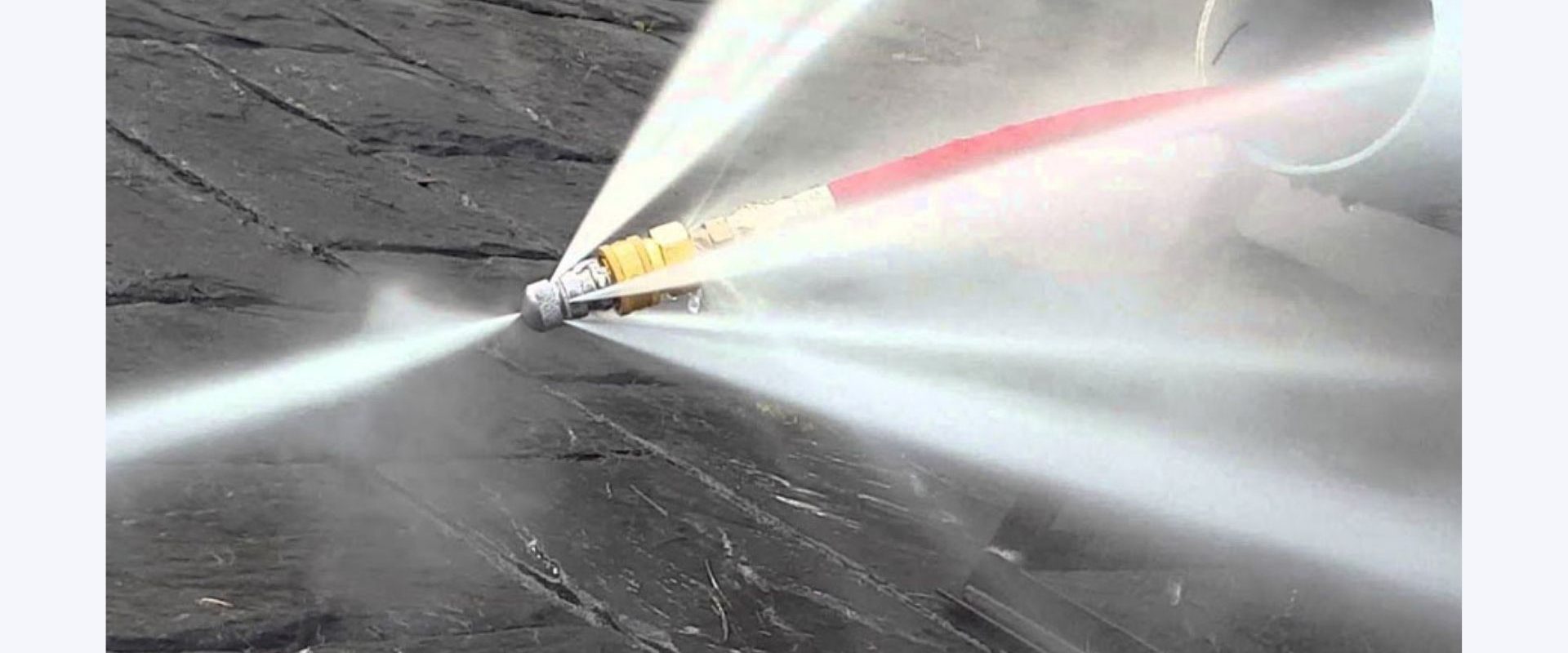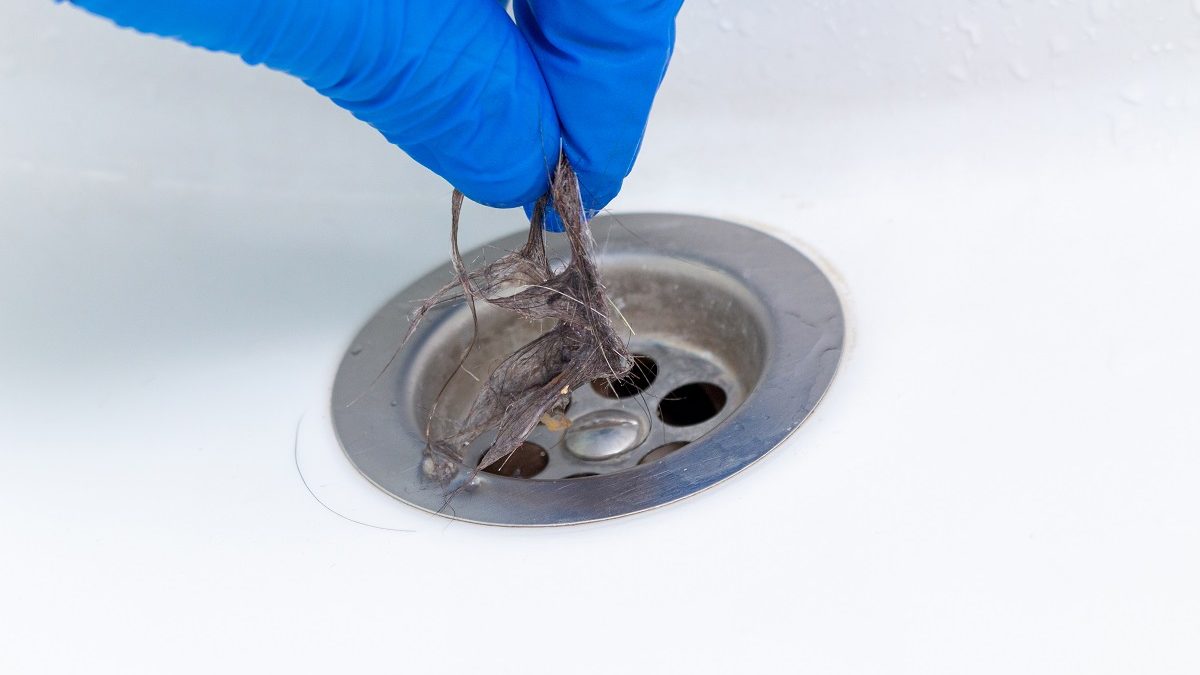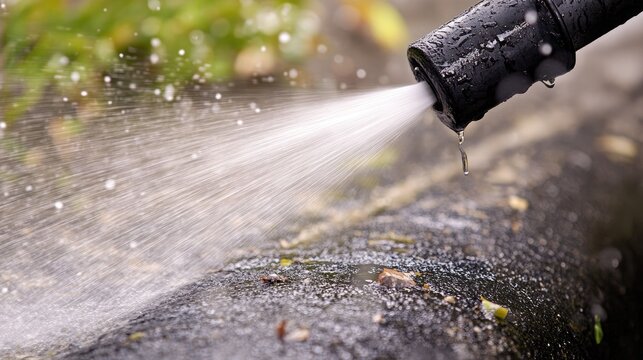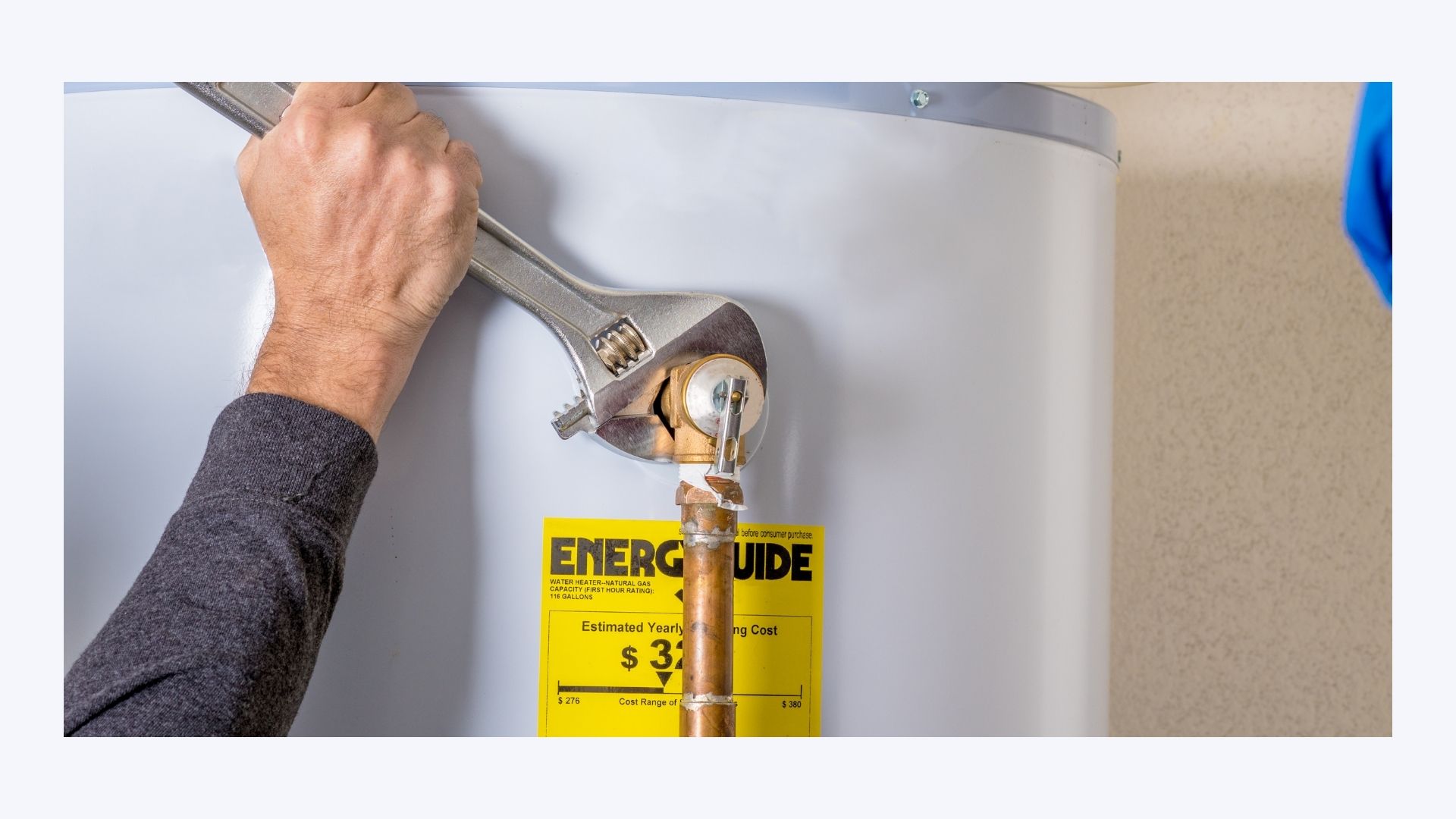Introduction
If you’ve ever dealt with a stubborn clog that just won’t budge no matter what you try, you’re not alone. Many Texas homeowners face this frustrating issue—especially with older pipes or heavy mineral buildup. That’s where hydro jetting comes in.
Hydro jetting is a cutting-edge plumbing technique that uses a high-pressure stream of water to blast away clogs and clean the inside of your pipes. Unlike traditional methods such as snaking or chemical drain cleaners, hydro jetting not only clears blockages but also scrubs pipe walls clean, removing grease, roots, and mineral deposits.
Its popularity is soaring in Texas because it’s effective, eco-friendly, and safe for most plumbing systems. Whether you’re battling recurring kitchen sink clogs or a slow-draining sewer line, hydro jetting can offer a long-term solution that prevents future problems.
In this article, we’ll cover how hydro jetting works, when to consider it, its benefits, and how to choose the right service provider. Ready to see how this high-powered solution can rescue your drains? Let’s dive in
How Does Hydro Jetting Work?
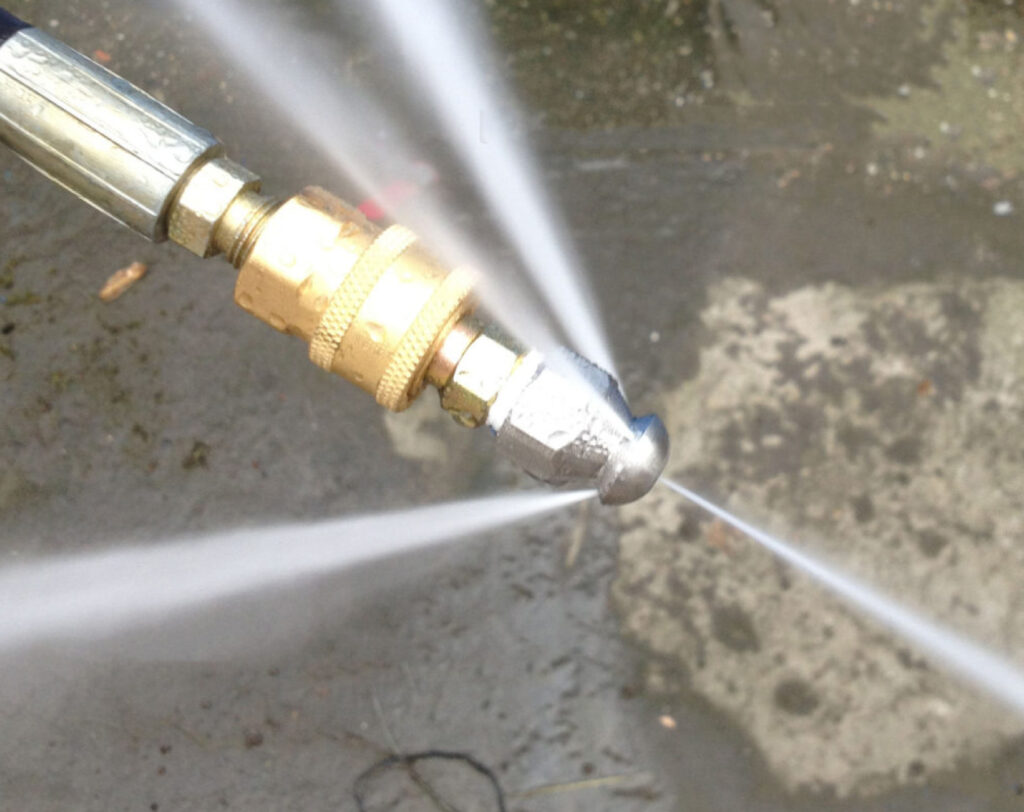
Hydro jetting might sound like something out of a sci-fi movie, but it’s actually a straightforward and highly effective plumbing technique. The process uses a specialized hose connected to a high-pressure water pump. This hose is inserted directly into your drain or sewer line.
Once activated, the pump shoots a powerful stream of water—often reaching pressures up to 4,000 PSI—through the hose. This high-pressure water blasts through clogs caused by grease, hair, soap scum, roots, and mineral deposits, clearing the pipes thoroughly.
Unlike traditional drain snakes, which physically break apart or poke through blockages, hydro jetting cleans the entire pipe surface. This deep clean prevents residue buildup that often leads to recurring clogs.
Another big advantage? Hydro jetting uses only water—no harsh chemicals or toxins—making it an eco-friendly choice that’s safe for your family and the environment.
Ready to learn when this high-powered method is the right fit for your home? Let me know when to continue with the next section: When Should You Consider Hydro Jetting?
When Should You Consider Hydro Jetting?
Hydro jetting isn’t for every clog, but it’s the ideal choice when you’re facing tough, recurring plumbing problems. Consider hydro jetting if you notice:
- Recurring Clogs: Your drains keep getting blocked even after snaking or chemical treatments.
- Grease and Fat Buildup: Kitchen sinks clogged by hardened grease that won’t budge.
- Tree Root Intrusion: Roots invading sewer lines causing partial or total blockages.
- Mineral Deposits: Hard water causing scale buildup inside your pipes, narrowing flow.
- Slow Draining Drains: Water pooling or draining slowly in multiple fixtures.
- Older Pipes: Aging plumbing that needs a thorough clean without damage risk.
In these cases, hydro jetting offers a powerful, safe, and long-lasting solution—blasting away blockages while cleaning your pipes inside and out.
For those wondering how this compares to other solutions, we dive deeper in What’s Really Clogging Your Drains? Top Causes and Fixes for Texas Homes.
Benefits of Hydro Jetting for Texas Homes
Hydro jetting isn’t just another plumbing trick — it’s a game-changer for stubborn clogs, especially in Texas homes dealing with hard water and aging pipes.
Eco-Friendly & Chemical-Free:
Unlike harsh chemical cleaners that can damage your pipes and harm the environment, hydro jetting uses only high-pressure water. This makes it a safe, green solution for your home and the planet.
Thorough Cleaning:
Hydro jetting doesn’t just punch through blockages — it scrubs your pipes clean. This deep cleaning removes grease, roots, mineral deposits, and other buildup that cause recurring clogs.
Prevents Future Problems:
By clearing and cleaning your pipes thoroughly, hydro jetting helps prevent future clogs and costly repairs. It’s a proactive way to protect your home’s plumbing system.
Suitable for Various Pipes:
Whether you have PVC, cast iron, or copper pipes, hydro jetting is typically safe and effective. It’s a versatile solution that works well in many homes across Texas.
Saves You Money:
Though the upfront cost may be higher than a quick snake or chemical treatment, hydro jetting’s long-term effectiveness reduces the need for repeated services and emergency repairs.
If you want to understand the service process and what to expect, check out the upcoming section or explore Inside Your Pipes: How Camera Inspections Prevent Costly Sewer Surprises to see how professionals assess pipe health before recommending hydro jetting.
What to Expect During a Hydro Jetting Service
If you’re considering hydro jetting, it helps to know what the process looks like from start to finish. Here’s a simple breakdown:
Initial Inspection
Before any work begins, a plumber usually performs a camera inspection to assess the clog and pipe condition. This helps determine if hydro jetting is the best solution.
Preparation
The technician will protect your property by covering floors and setting up the equipment. You’ll be informed about the process and any safety precautions.
Hydro Jetting Process
A specialized hose connected to a high-pressure water pump is fed into the clogged drain or sewer line. The plumber activates the pump, sending powerful jets of water through the pipes. This water pressure blasts away blockages and cleans the pipe walls.
Post-Cleaning Inspection
After hydro jetting, another camera inspection may be done to ensure the pipes are clear and clean.
Cleanup & Advice
The technician cleans up the work area and provides tips to help prevent future clogs.
Duration: Most residential hydro jetting services take about 1 to 3 hours, depending on the severity of the clog.
Cost: While prices vary, hydro jetting is typically more affordable than major repairs caused by untreated clogs.
Hydro Jetting vs. Traditional Methods
When it comes to clearing stubborn clogs, homeowners often wonder whether to opt for hydro jetting or stick with traditional methods like snaking or chemical drain cleaners. Here’s how they stack up:
Snaking (Drain Augers)
- How it works: A mechanical cable is inserted to physically break or push through clogs.
- Pros: Inexpensive and effective for simple blockages.
- Cons: Doesn’t clean pipe walls, so buildup remains and clogs can return. May not work on tough grease or roots.
Chemical Drain Cleaners
- How it works: Chemicals dissolve clogs and grease.
- Pros: Easy and cheap for minor slow drains.
- Cons: Can damage pipes and harm the environment. Often only a temporary fix, with clogs recurring.
Hydro Jetting
- How it works: High-pressure water jets blast through blockages and clean the entire pipe surface.
- Pros: Thorough cleaning, eco-friendly, safe for most pipes, prevents future clogs.
- Cons: Higher upfront cost and requires professional equipment and expertise.
Conclusion: Power Through Stubborn Clogs with Hydro Jetting
Hydro jetting is revolutionizing the way Texas homes tackle stubborn drain clogs. This high-powered, eco-friendly method not only clears blockages but thoroughly cleans your pipes, preventing future headaches.
If you’ve been battling recurring clogs or slow drains, it might be time to consider hydro jetting. Partner with a trusted local plumber provider to protect your home’s plumbing for years to come.
Want to learn more about what might be clogging your drains or how inspections can save you money? Check out these helpful articles:
